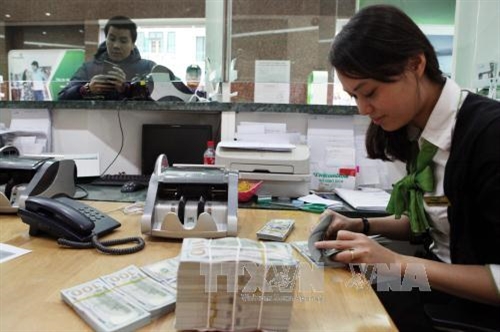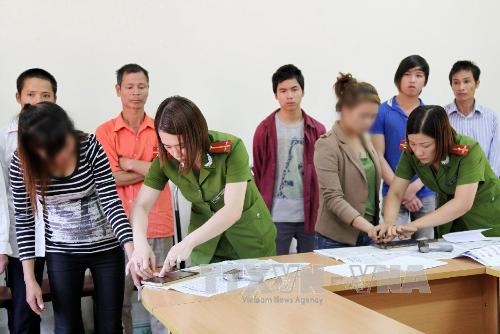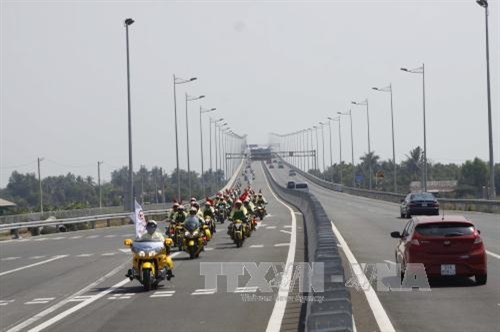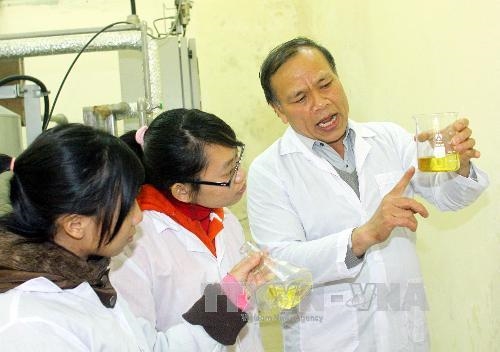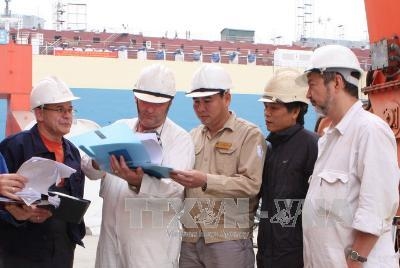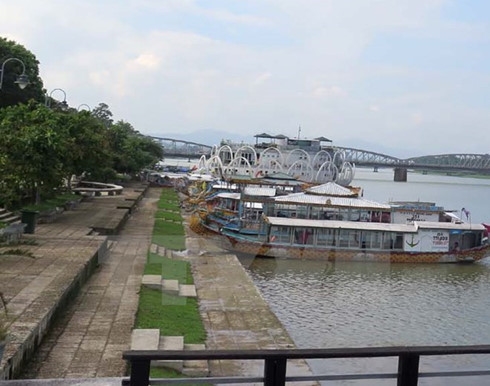With a view to further renewing the way of formulating public-private partnership (PPP) projects, the Ministry of Planning and Investment on March 1, 2016, issued Circular No. 02, guiding the preliminary selection of, and elaboration, appraisal and approval of proposals and feasibility study reports of, PPP projects.
This Circular applies to PPP projects subject to regulation by Article 1 of Government Decree No. 15 dated February 14, 2015, on investment in the form of public-private partnership.
 |
| The Noi Bai - Lao Cai expressway built in the form of public-private partnership__Photo: VNA |
According to a representative from the Ministry of Planning and Investment’s Bidding Management Department, the adaptation to international practices during the very first step of formulating PPP projects is one of the key factors to attract more international investors’ capital.
Under the new regulation, only projects satisfying the socio-economic efficiency condition are eligible for consideration of investment. As viewed by legal experts, this Circular has attached greater importance to the assessment of socio-economic efficiency of project proposals and feasibility study reports.
The assessment of impacts of a project to the whole economy and society also serves as a basis for investors to decide their investment. Since PPP projects involve private investors, such assessment will be much more important as ministries, sectors and localities have to specifically review socio-economic targets to harmonize interests of the society and investors.
The key performance indicators are also included in Circular No. 02 as guidelines for ministries, sectors and localities in deciding to make investment. Project formulators and managers are required to manage project output rather than input factors, meaning that they should not impose works or facilities on investors to build but only put forward their requirements and let investors take the initiative in building works or facilities to meet such requirements.
The Circular also points out some differences between a PPP project and a public investment project. Proposal and feasibility study report of a PPP project must present anticipated demand for use of works, products or services of the project; financial feasibility of the project; the most appropriate type of the project contract; risks that may occur and methods of managing and mitigating risks; and incentives that investors may enjoy during the implementation of the project.
The new regulation will take effect on April 18, 2016.- (VLLF)
